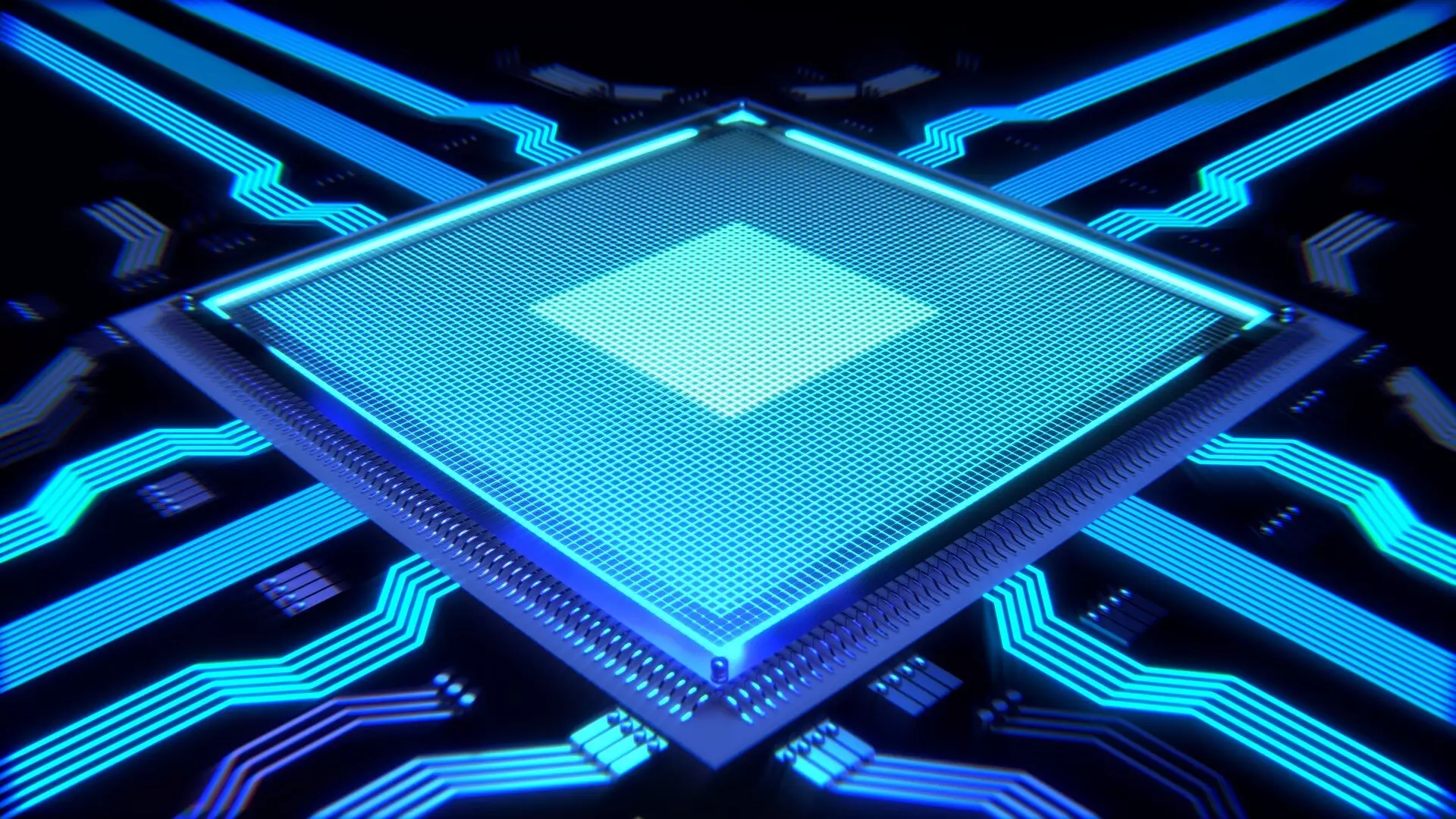Researchers at the University of Pennsylvania have made a groundbreaking discovery in the field of artificial intelligence (AI) computing. A team of engineers has developed a chip that utilizes light waves instead of electricity to perform complex mathematical computations necessary for training AI systems. This revolutionary chip has the potential to achieve unprecedented processing speeds while significantly reducing energy consumption. The implications of this breakthrough could radically transform the capabilities of computers and pave the way for future advancements in AI technology.
Led by Benjamin Franklin Medal Laureate Nader Engheta, the team combined his expertise in manipulating materials at the nanoscale with Associate Professor Firooz Aflatouni’s pioneering research in nanoscale silicon devices. The result is a chip that optimizes the interaction of light waves with matter to perform mathematical computations. By leveraging the principles of the silicon-photonic (SiPh) platform, which utilizes silicon, a cost-effective and widely available element, the engineers have created a scalable solution for mass-producing these advanced computer chips.
Traditional computer chips, developed since the dawn of the computing revolution, rely on electrical signals for computational tasks. In contrast, the new SiPh chip harnesses the speed of light, the fastest means of communication, to perform mathematical operations. By making specific regions of the chip thinner, thereby controlling the propagation of light through height variations, the chip can execute complex vector-matrix multiplications at incredible speeds. This innovation holds the potential to surpass the performance limitations of existing computer chips and unlock new possibilities in AI development.
The design of the SiPh chip already meets the criteria for commercial applications, thanks to collaboration with a commercial foundry during its production. This exciting development means that the chip can be seamlessly integrated with existing graphics processing units (GPUs), widely used in AI systems. By adopting the silicon photonics platform as an add-on, the chip enables accelerated training and classification processes. The demand for GPUs has surged alongside the growing interest in AI technologies, making this chip’s potential adaptability a game-changer in the AI computing landscape.
In addition to its impressive speed and efficiency, the chip also offers significant privacy advantages. Due to the simultaneous nature of computations within the chip, sensitive information no longer needs to be stored in a computer’s working memory. As a result, the risk of hacking and unauthorized access to data is virtually eliminated. This unprecedented level of security makes future computers powered by this technology highly resistant to hacking attempts. By removing the need for physical memory, the reliance on traditional data storage methods becomes obsolete, revolutionizing data security in AI systems.
The research team behind this groundbreaking development includes Vahid Nikkhah, Ali Pirmoradi, Farshid Ashtiani, and Brian Edwards, all esteemed members of Penn Engineering. Their collective expertise and collaboration have resulted in a truly transformative chip that pushes the boundaries of AI computing.
The University of Pennsylvania engineers’ creation of a chip that harnesses light waves instead of electricity represents a significant leap forward in the field of AI computing. The marriage of nanoscale manipulation with silicon photonics has led to the development of a chip capable of performing complex mathematical computations at the speed of light. This breakthrough offers unparalleled processing speeds, reduced energy consumption, enhanced privacy, and unparalleled security. With the potential for widespread commercial applications and compatibility with GPUs, this chip has the power to revolutionize the way AI systems are developed and utilized. As researchers continue to explore the possibilities of light-based computing, the future of AI technology looks brighter than ever before.


Leave a Reply